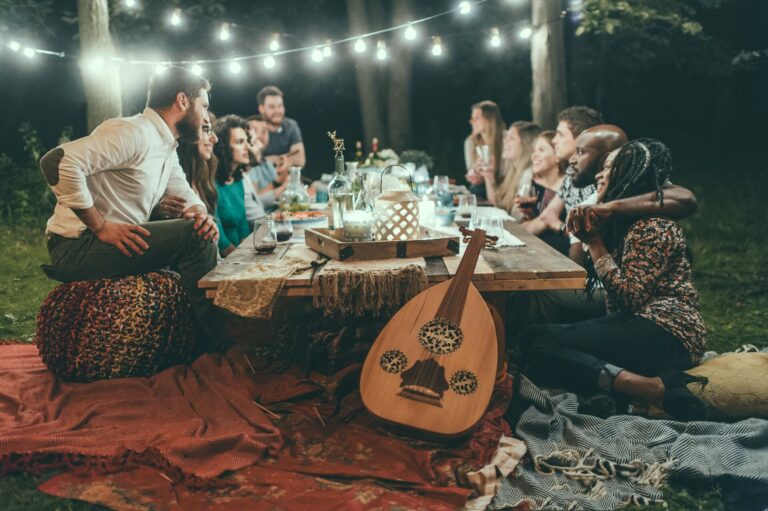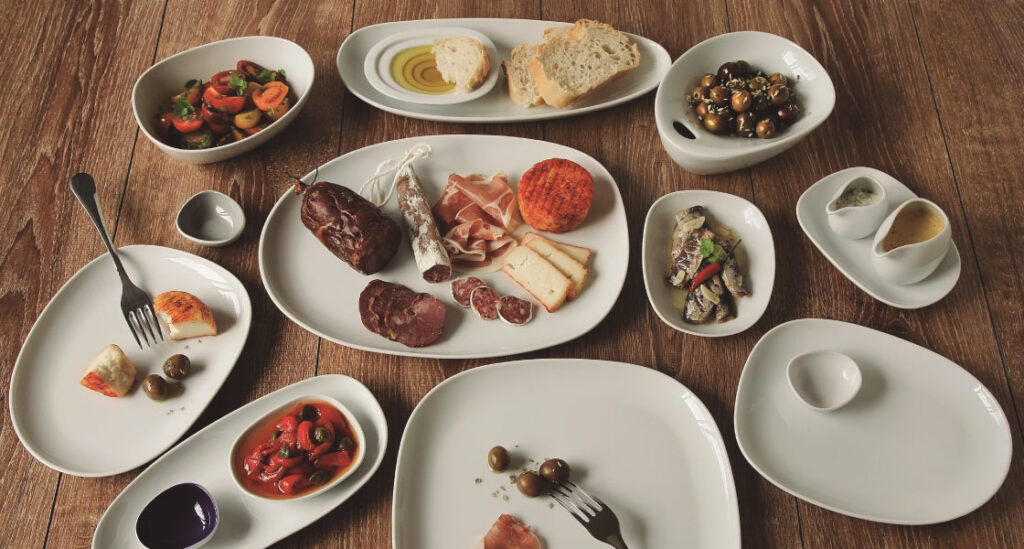
Menu

Being able to take good food photographs is something that may seem easy, but involves a lot of detail and a few tricks. If you are a fan of food photography and like to share, across social networks, your recipes or the delights of a restaurant you visited, this article is for you!
We present you 5 simple tips to take good food photos and get professional results.
5 food photography tricks you need to start applying
1. The importance of light and angle across food photos
These are some of the most important aspects, not only in the field of gastronomic photography, but in any kind of photography.
Whether you are at home or in a restaurant, you should always try to use natural light to photograph. If you don’t have access to natural light indoors, try to look for the most illuminated place in the room.
When we talk about natural light, we don’t necessarily mean sunny day light. In fact, covered but bright days are great for taking good food photos. In these conditions, colours get stronger and photo highlights become more interesting.
The angle is also a very important point in food photography. Ideally, to get a good picture, you should look for an angle that allows you to capture the light and shadows. But how to achieve this? Just look for a window between light and photograph so that it shines sideways onto the dish. In another approach, the camera should be above the dish and at a parallel angle, to what you want to photograph.
There is also another angle, which is widely used in gastronomic photography: the one you have when you are at the table. This perspective is ideal for photographing food presented in a height composition, such as profiteroles, pancakes or hamburgers, for example.
2. Photograph fresh food and capture the reality of what you observe
One of the secrets to taking good food pictures is the freshness of the food. Note that photographing fresh food items will make its colour more vibrant in the images.
Food photographs where each element looks thriving make the ingredients look delicious. An over-cooked dish, dried out or cooked for some time will not have the same brightness as another freshly prepared one.
It is also important not to alter the colours of the food and the other elements in the photograph in order to remain faithful to what you see. If the dish in front of you is white, that is the colour you should see in the photo. When doing food photography, it is essential that what you capture looks as good as possible, but without fleeing from reality.
3. Show them who’s cooking
If you have the opportunity, photograph the cooking process and the hands or face of the person who cooked it. This way, you get more interesting food photos than just portraying the final presentation.
You can enhance the photo by showing someone decorating the dish or a hand pouring a delicious sauce over a steak or salad. Inserting human elements (such as hands or smiles) adds representativeness and veracity to the picture.
4. The importance of composition in taking good photos
After analysing the light, angle and colour of your photograph, it is important to understand whether the composition of the scene is balanced. Don’t be afraid to put the glasses and cutlery in different places to get a good framing.
Using a white or wooden background is the right choice, just as it is important to use cutlery, glasses and beautiful plates. If it doesn’t look the best, it is better to remove it from the frame.
Above all, in order to get a good picture of food, try to have the setting well cleaned. And never forget: in food photography, although the framing matters, food should always be the focus.
5. Porcelain: The basis of any good food photo
Porcelain is perhaps the most important element in the composition and assembly of gastronomic photography.
If you want to play it safe, the best is always to opt for white simple-lined plate. This colour will transmit light and help providing more emphasis to food.
If you prefer to use porcelain with bolder lines and strong colours, always bear in mind that light and focus should always be on food.
At Costa Verde, we care about all these details. If you are looking for simple lines, you can opt for the Saturno and Opera models, which will provide a classic touch of elegance and sophistication. If you wish to be a bit more daring, we suggest Isola and Nordika services, comprising distinct and contemporary pieces. If your goal is to bet on colour, be inspired by the Rustico line and let your imagination run wild.
In any composition you create, taking good food photos becomes easier with the refined touch of Costa Verde porcelain. Get to know all the collections!
GETTING TO KNOW COSTA VERDE’S COLLECTION
Subscribe our blog!




